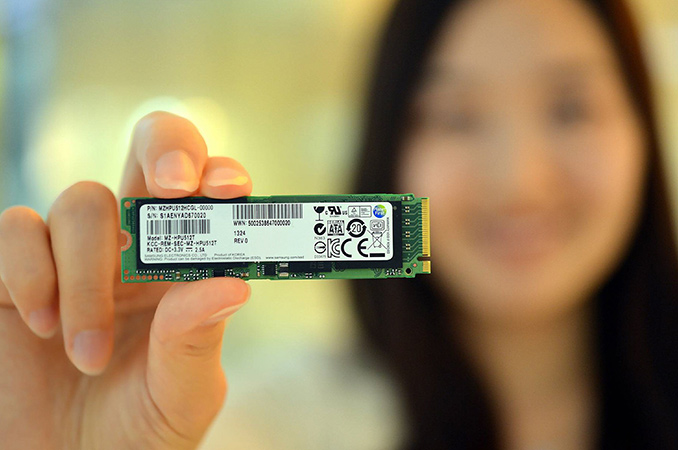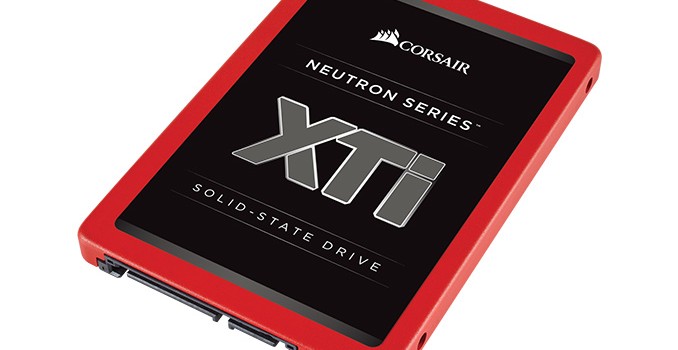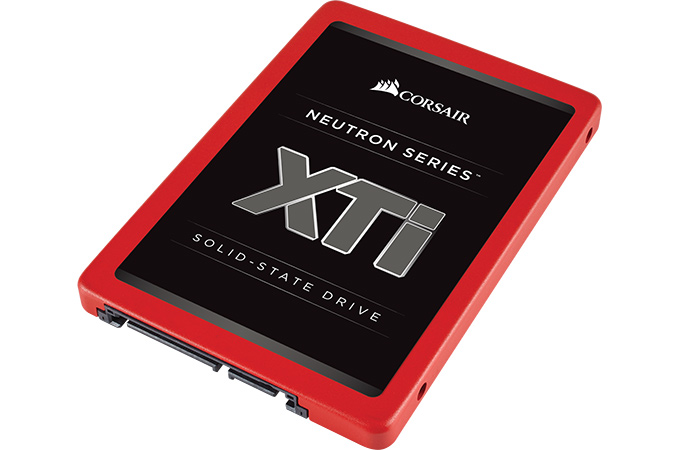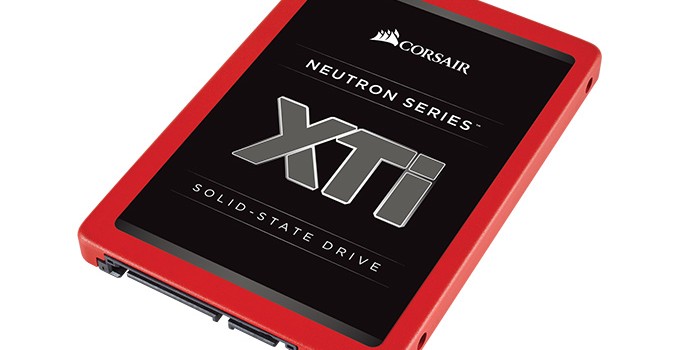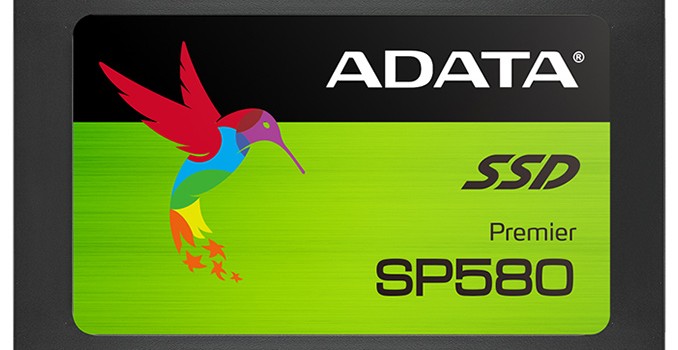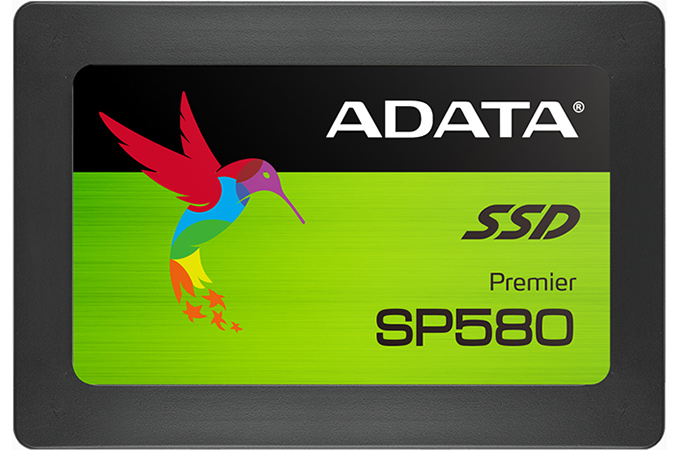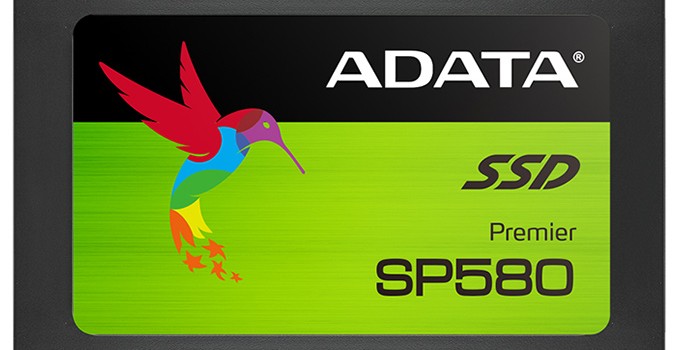Samsung SM961 Price And Availability Outlook
The SM961 is Samsung’s latest high-end client PCIe SSD for OEMs, but as with its SM951 and XP941 predecessors there will be distributors selling the SM961 online to consumers. Unlike retail SSD products like the Samsung 950 Pro, OEM SSDs don’t get an official launch date or MSRP. Instead we bring you RamCity’s expectations for how the SM961 will be making a splash.
The 1TB SM961 has entered the supply chain and retailers like RamCity expect to begin shipments to consumers this week. RamCity is listing it for AUD$703.99 and Overclockers UK is listing it for £429.95. After accounting for taxes and exchange rates, RamCity’s estimate for US pricing is around $521. Overclockers UK has also listed their prices for the 512GB and 256GB models with the same expected ship date as the 1TB, but RamCity was unable to confirm when they will have those capacities. Neither retailer has anything to share with regards to the 128GB capacity.
| M.2 PCIe SSD Price Comparison | ||||
| 128GB | 256GB | 512GB | 1024GB | |
| Samsung 950 Pro | N/A | $180.89 (71¢/GB) | $319.99 (63¢/GB) | MIA |
| Samsung SM951 (AHCI) | $107.59 (84¢/GB) | $167.99 (66¢/GB) | $289.60 (57¢/GB) | N/A |
| Samsung SM951 (NVMe) | $99.99 (78¢/GB) | $158.53 (62¢/GB) | $259.99 (51¢/GB) | N/A |
| Toshiba OCZ RD400 M.2 | $119.99 (94¢/GB) | $174.99 (68¢/GB) | $309.99 (61¢/GB) | $769.99 (75¢/GB) |
| Samsung SM961 (estimated) | ? | $159.00 (62¢/GB) | $280.00 (55¢/GB) | $521.00 (51¢/GB) |
The SM961 will arrive with prices on par with the best deals currently available for the SM951. This means it will undercut retail competition like the Samsung 950 Pro and Toshiba OCZ RD400 significantly: $15-20 for the 256GB drives and $30-40 for the 512GB drives. The 1TB SM961 will slice a third off the price of the 1TB RD400.
Much of that price difference is due to the differences between OEM and retail products, rather than savings on manufacturing costs. It’s unlikely that Samsung’s new higher-performing Polaris controller is cheaper than the UBX controller used in the 950 Pro and SM951. The 3D NAND used on the SM961 is either the same second generation 32-layer V-NAND used in the 850 Pro and 950 Pro, or the third generation 48-layer V-NAND that is behind schedule in its rollout to existing product lines. So while the SM961 is a big technological improvement over the SM951, it probably isn’t saving Samsung any money.
The 950 Pro comes with a 5 year warranty from Samsung and is supported by their custom NVMe drivers and SSD Magician utility, while the OEM drives don’t get the software support and the only warranty is what the retailer offers. RamCity lists a 3-year warranty for the SM961 while Overclockers UK lists a 2-year warranty. It’s hard to justify paying $40 more at the 512GB level for a better warranty on a slower drive.
It is a safe bet that the new Polaris controller in the SM961 will be released in a proper retail successor to the 950 Pro, but Samsung may be waiting until they can deliver it with newer 3D NAND, just as the 950 Pro’s 3D NAND was a step up from the 16nm planar MLC used on the SM951. Until then, the 950 Pro will be in a tough spot without a significant price cut, particularly with enthusiast buyers who know where to source the SM961. Meanwhile this also calls into question whether Samsung will be adhering to their initial plans for a 1TB 950 Pro. The release of the SM961 means that the Polaris controller will be available before the 950 Pro could adopt Samsung’s 48-layer V-NAND, so it remains to be seen whether Samsung will still want to go ahead and pair up next-generation V-NAND with an older controller.


